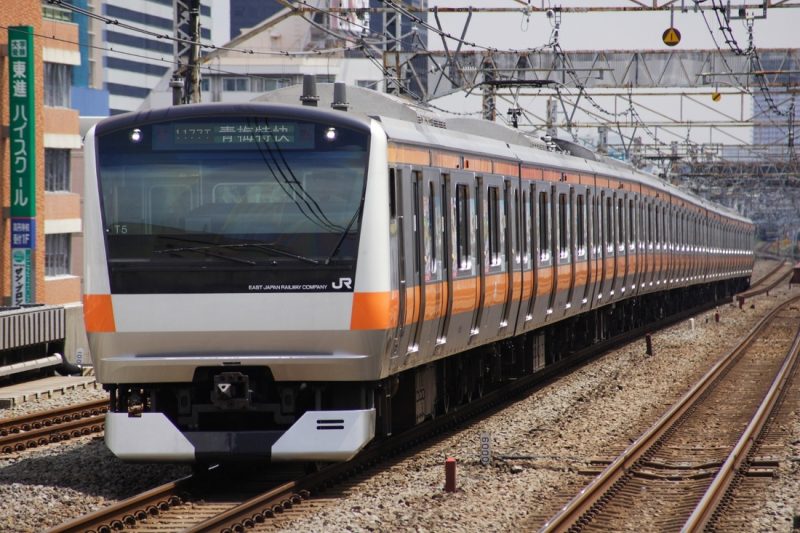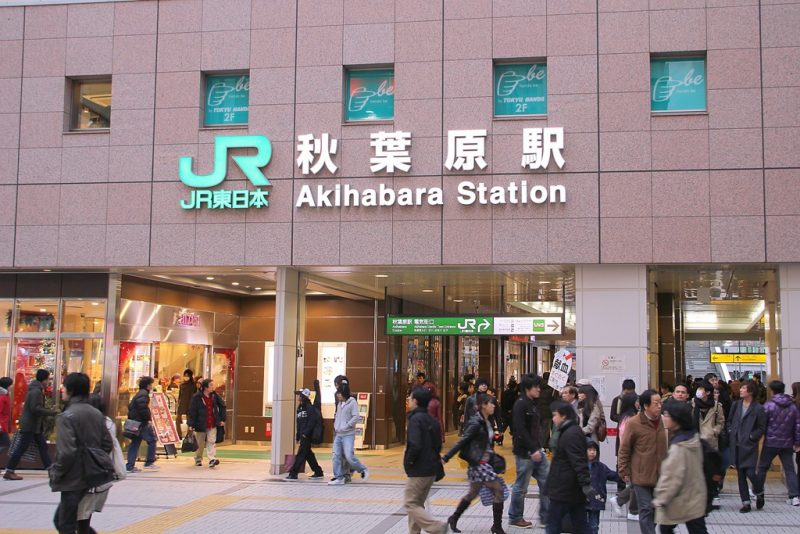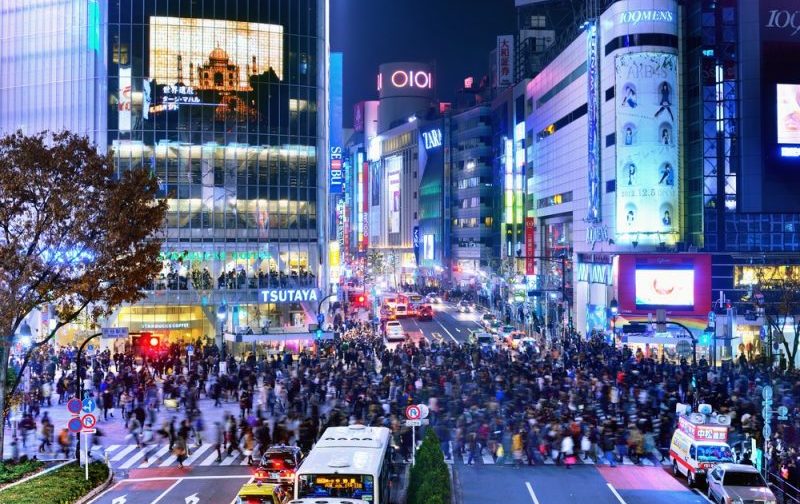Do you have plans to visit Tokyo? If you do, you’ll likely be using Japan’s extensive commuter train system to get around. The railways in Japan are quick and efficient, as well as affordable – especially if you take advantage of the Japan Rail Pass, which fully covers it and allows to ride it for free!
When traveling in Tokyo, common train lines include the 60 kilometers that make up the Chuo-Sobu Line. This line runs east and west across Tokyo, between Chiba Station and Mitaka Station. It is the single JR line that crosses the circle of the Yamanote Line, and it serves as a major artery for local commuters as well as other travelers.





